Images: These Downy Dinosaurs Sported Feathers
Eosinopteryx brevipenna
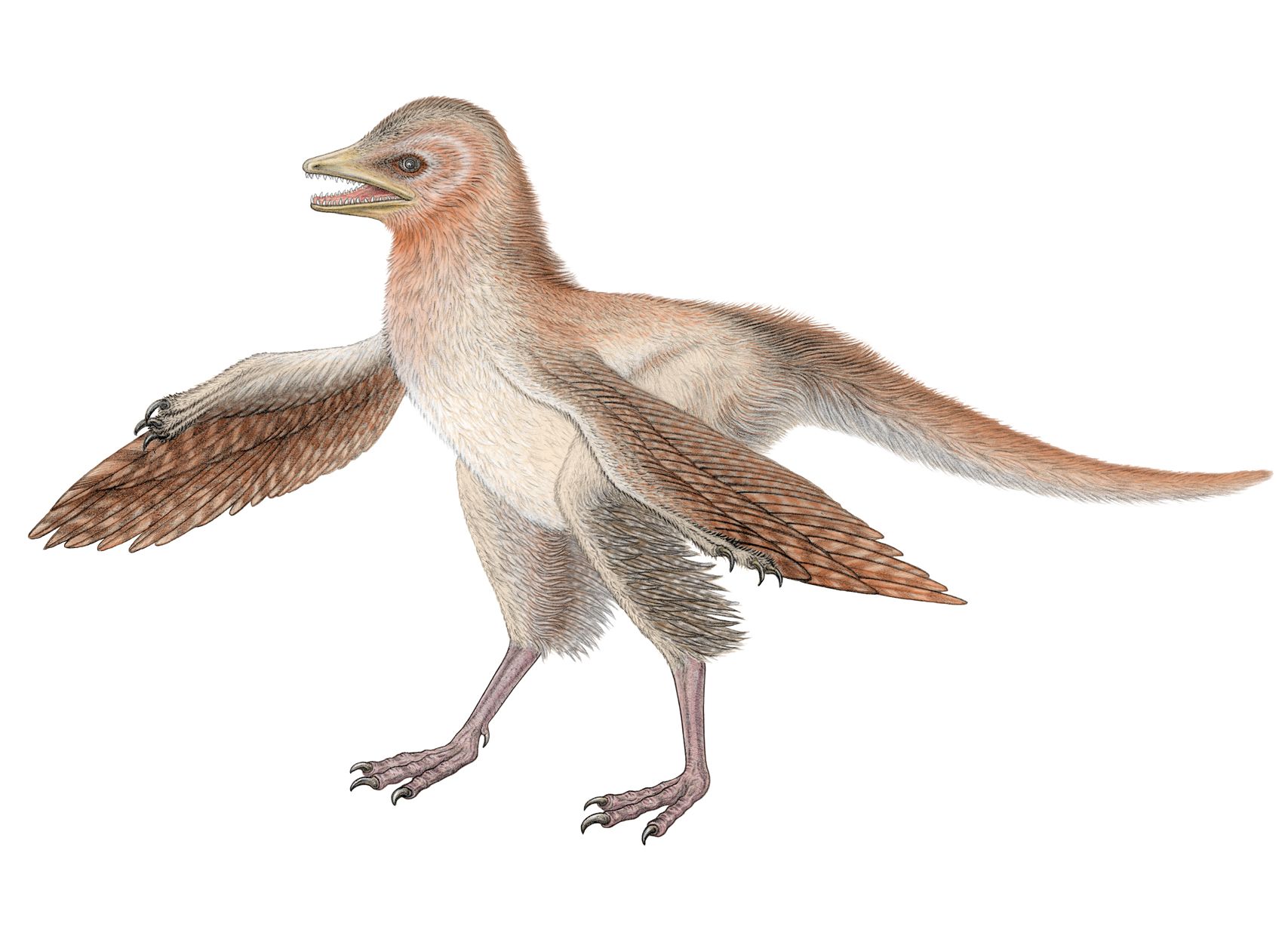
Scientists have long thought feathers may have been reserved for just the dinosaur clade associated with the first bird. This lineage, called theropods, includes Tyrannosaurus rex and velociraptors. Here, an artist's reconstruction of the theropod dinosaur called Eosinopteryx brevipenna, which showed reduced plumage. The dinosaur would've lived during the Middle/Late Jurassic in what is now northeastern China. The little dinosaur, extending just a foot (30 centimeters), would not have been able to fly, researchers say.
Finding Dino Bones

Now, researchers working in southeastern Siberia have discovered a plant-eating dinosaur, dubbed Kulindadromeus zabaikalicus, that sported both feathers and scales. Here, researchers excavate the bonebed in the Kulinda dinosaur locality.
Finding fossils
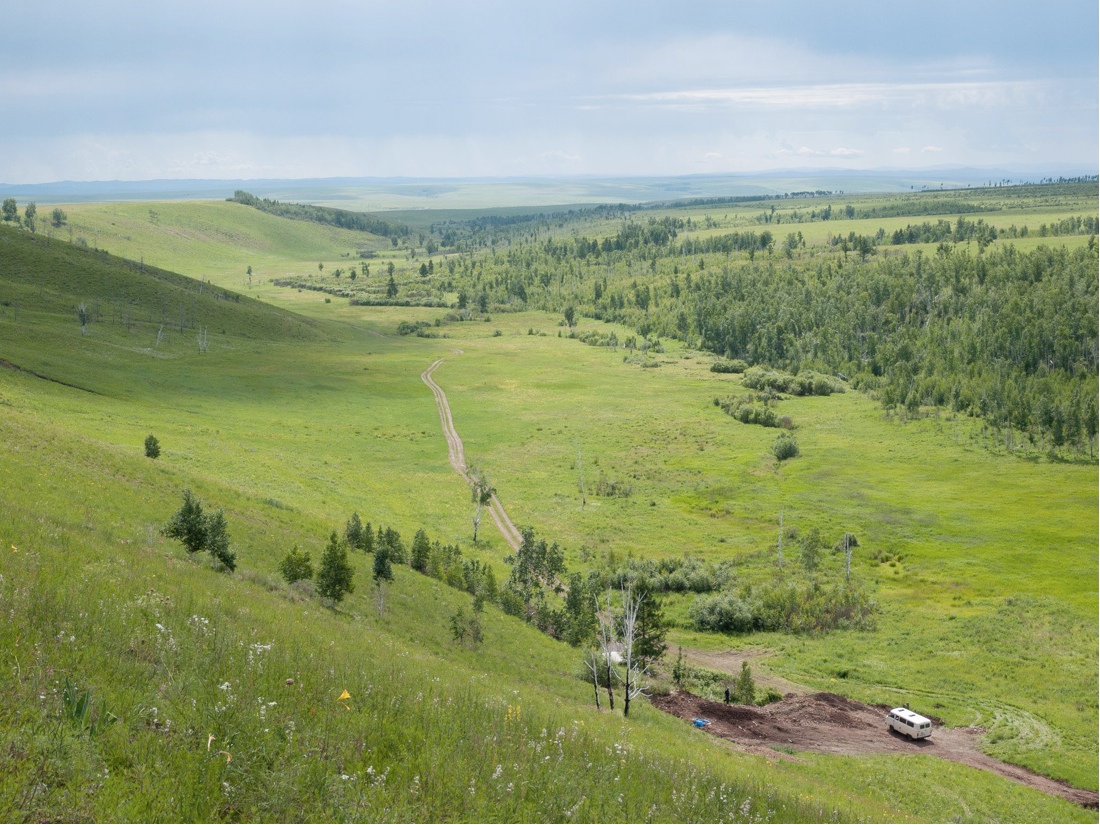
Researchers found hundreds of skeletons of the plant-eating dinosaur at the bottom of what seems to have been a large lake back in the day. The new dinosaur species belonged to a group known as ornithischians that lived about 160 million years ago during the middle to late Jurassic. Here, the locality of the Kulinda bonebed in Siberia.
Feathery friend
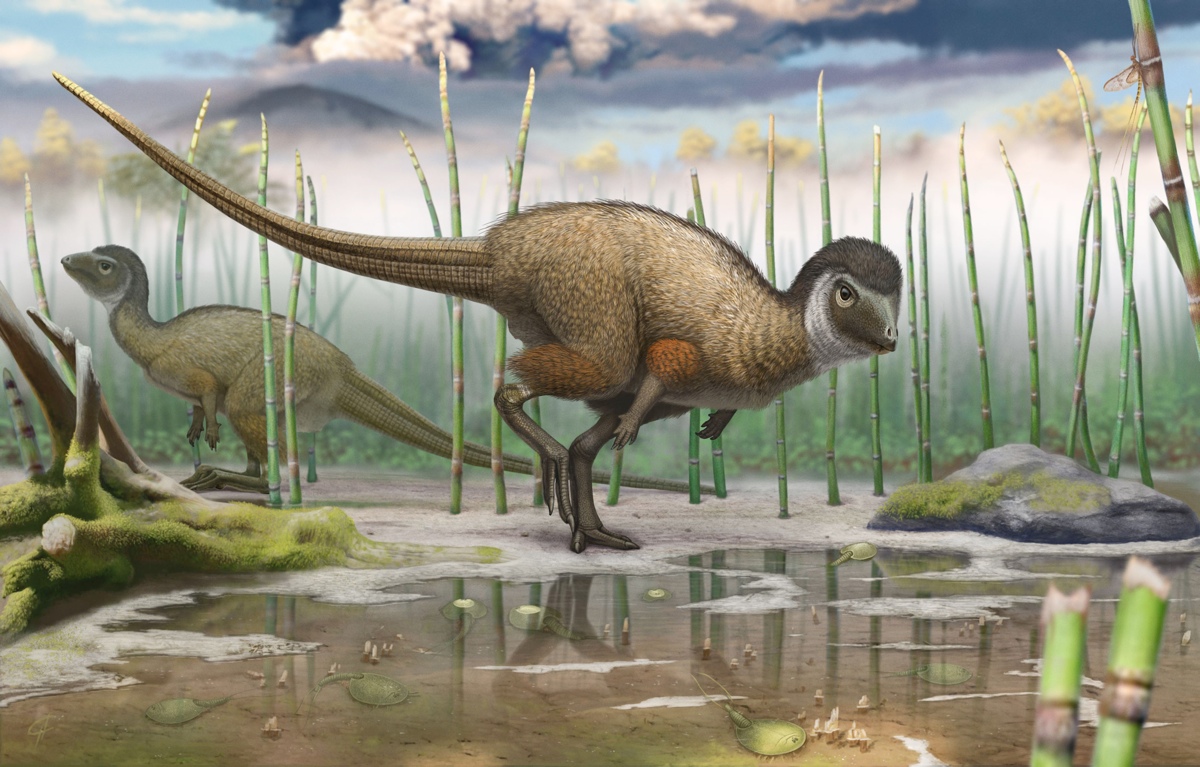
The newfound dinosaur would've been a petite beast, just 4.9 feet (1.5 meters) long. When alive, the plant-eater would have sported two short arms and walked on two long, slender legs, and sported very short arms. The dinosaur, shown here in an artist's reconstruction, would not have been able to fly.
Scaly Tail

The specimens of the plant-eating dinosaur were equipped with preserved long filaments that resembled downy feathers around its arms and legs. These feathers may have served as insulation. In addition, more complex feathers found on the animal may have been used to lure in mates, the researchers said. The beast's long tail was covered in large, thin scales.
Dinosaur Fossils
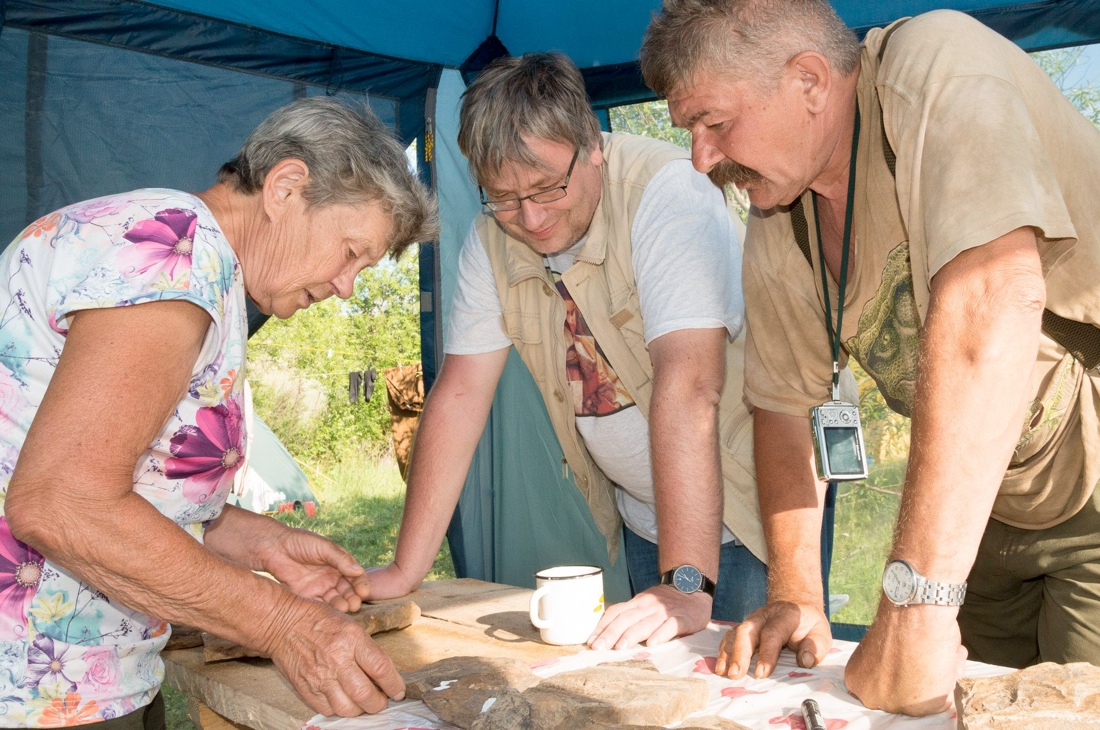
Sofia Sinitsa, P. Godefroit and Y. Bolotsky examining dinosaur fossils unearthed from the Kulinda dinosaur bonebed locality in southeastern Siberia in July 2013.
Hundreds of Fossils
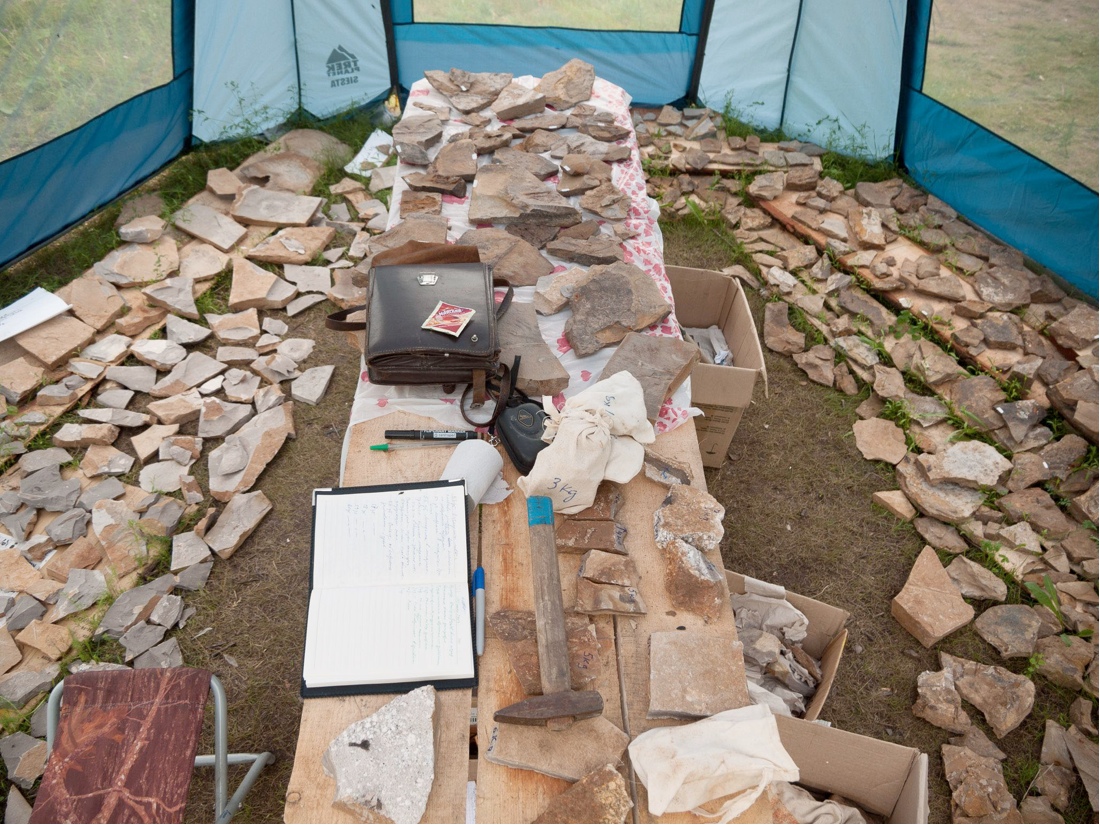
The scientists found hundreds of dinosaur fossils (shown here) in the Siberia bonebed. The newfound feathered dinosaur suggests the common ancestor of all dinosaurs, and possibly most dinosaurs in general, sported feathers, the researchers suggest.
Get the world’s most fascinating discoveries delivered straight to your inbox.
Jurassic scene

The idea that many dinosaurs wore downy coats is not a new one, and, in fact, fossils of plant-eating dinosaurs from China were equipped with simple, filamentlike feathers, but that finding was not conclusive.
Dinosaur with Feathers
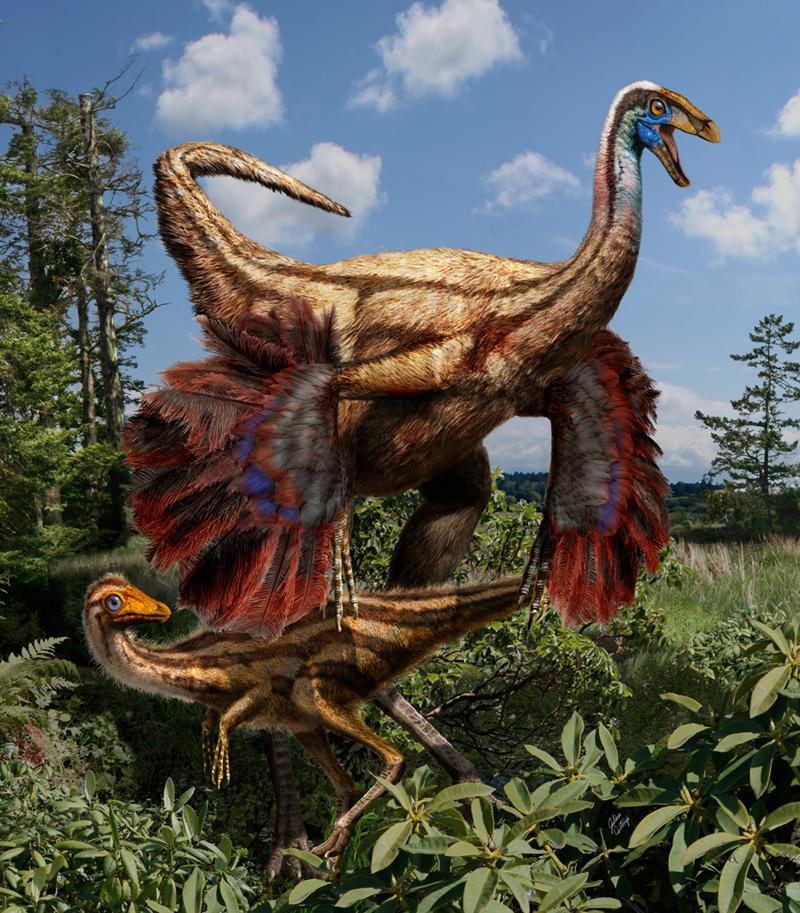
Some dinosaur feathers may have been more fab than drab. Take this ostrich-size adult dinosaur called Ornithomimus edmontonicus, which would have been adorned with stringy down — filamentlike feathers up to 2 inches (5 centimeters) long. The sexually mature adult also had markings on its winglike forelimbs that suggest it bore longer feathers that were absent from the juveniles of the species that were also discovered. As such, the researchers think the feathers may have been used for courtship or brooding, much as male peacocks shake their striking feathers to woo females.
4 Wings

This bizarre dinosaur sported what looked like four wings! The 125-million-year-old fossils of a feathered dinosaur, dubbed Changyuraptor yangi, were unearthed in 2012 in Liaoning province in northeastern China. The dinosaur showed feathers all over its body, including its arms and legs, making the beast appear as if it had two pairs of wings.
Jeanna Bryner is managing editor of Scientific American. Previously she was editor in chief of Live Science and, prior to that, an editor at Scholastic's Science World magazine. Bryner has an English degree from Salisbury University, a master's degree in biogeochemistry and environmental sciences from the University of Maryland and a graduate science journalism degree from New York University. She has worked as a biologist in Florida, where she monitored wetlands and did field surveys for endangered species, including the gorgeous Florida Scrub Jay. She also received an ocean sciences journalism fellowship from the Woods Hole Oceanographic Institution. She is a firm believer that science is for everyone and that just about everything can be viewed through the lens of science.


